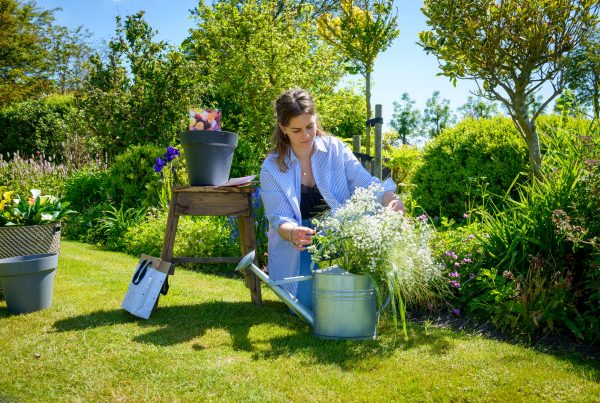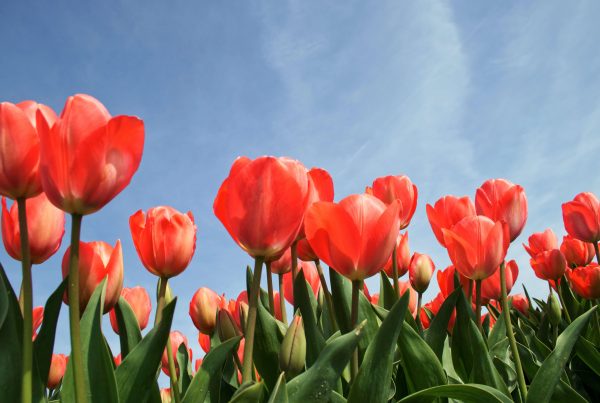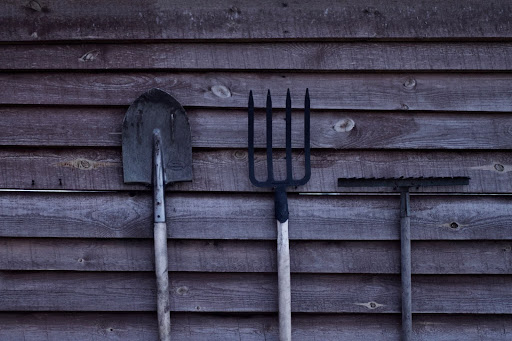Our world is being confronted with increasing climate, waste, CO2 and social problems. This is forcing us to a new way of thinking. We can contribute to a solution by increasing biodiversity in our own garden. And what would a garden be without flower bulbs?
Doing our bit
We are becoming increasingly aware of what goes on in society. We could refer to alertness as being awake. We keep our eyes open and pay attention to changes that have to be made. The natural world is increasingly becoming a meaningful factor in our lives and one we want to help preserve. Flowers and plants are deserving of our consideration and can no longer be ignored.
In harmony
Consuming without limits or guilt is a thing of the past. This is being replaced by the concept of sustainability intended to lead to a world that balances the interests of people, the environment and the economy. This means that we are trying to achieve a high level of biodiversity in our gardens. The ultimate gardening trend involves turning your green oasis into a mini-biotope where plants and animals can live and grow in harmony.
Increasing biodiversity
A small biotope (another name for your garden) has great respect for the natural environment. Flower bulbs belong here because they help to increase biodiversity. And they start on this mission early in spring when the rest of the garden is still fast asleep. Insects are sure to be attracted to large-flowered crocuses, Grecian windflowers, hyacinths, Sicilian honey garlic and ornamental onions. These plants offer not only nectar and pollen but also the perfect shelter.
A natural color palette
In a garden dedicated to balance, natural yellow-green colors will play a major part. Create a bold look by using rustic materials and the supplementary colors of blue and brick red. Make use of sustainable products that will last longer or can be recycled. Even better: why not borrow them? Planting colorful clusters of flower bulbs creates a logical framework within a biodiverse garden.
More information is available at www.bloembol.org.





















